|

Why Use a Foam Roller?
You can use the foam roller to provide self soft tissue mobilization (SSTM). Benefits of SSTM includes: improving muscle flexibility and tightness, decreasing lactic acid, decreasing muscle fibrosis (adhesions/scar tissue), and decreasing your risk for injury. By using your body weight you will put pressure through your muscles in order to regulate areas of increased muscle tone or tightness.
How to use your Foam Roller:
It is important NOT to roll over bony areas (like your knee) or areas where you have an open wound or injury (unless instructed by a medical professional). Always roll in line with the muscles and at a SLOW PACE. When you roll over a tight painful area (muscle knot) slow down the speed and stay on top of this area for about 20-30 seconds or until you feel the area release. If it is too painful to stay on top of this area, then decrease the force by unweighting the area. When you are finished rolling, make sure that you drink plenty of water, just like you would after a massage. Use the foam roller as described at your own risk.
Foam Roller Activities and Proper Techniques:
IT Band
Start with the foam roller on the outside muscle above the knee. Slowly roll up the outside of your leg towards the hip. Make sure that you move the leg so that you roll up the hamstring and quad portions of the ITBand. When you roll up toward your hip, make sure you spend some time along the TFL. Be sure to bring the leg that is not being rolled on out to the side and use it to control the pressure of the foam roller.
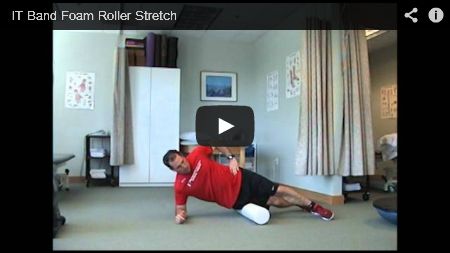
Quadricep
Start with the foam roller on the muscle above the knee. Slowly roll up towards the hip. Make sure that you move the leg so that you roll up the front of your leg then the inside and outside so that you get the V.M. and V.L. When you roll up toward your hip, make sure you spend some time along the hip flexors. Be sure to bring the leg that is not being rolled on out to the side and use it to control the pressure as of the foam roller.

Hamstring
Start with the foam roller under your leg and above your knee. Slowly roll up the leg towards your gluts. Make sure that you roll up the inside and outside of the hamstrings so that you get all three muscles.
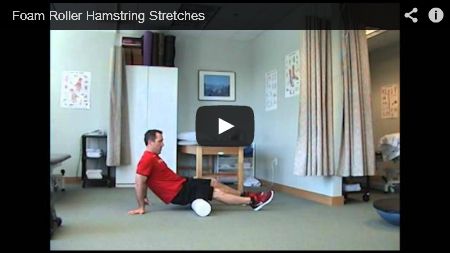
Groin
Start with the foam roller on the inside of your leg just above the knee and slowly roll up toward the groin area. Make sure that you protect your low back (by lightly contracting your abdominal muscles) while rolling the adductor muscles. When rolling, make sure the foam roller is perpendicular to your thigh.
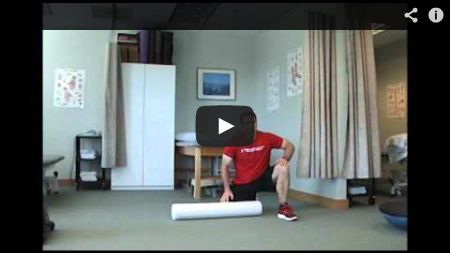
Glute
Start with the foam roller in the center of the glute/piriformis that you are going to roll. Bring the same leg that is being rolled up and put it across the other leg as seen in the picture. Lean back and forth as you roll so that you get all the little rotator muscles.
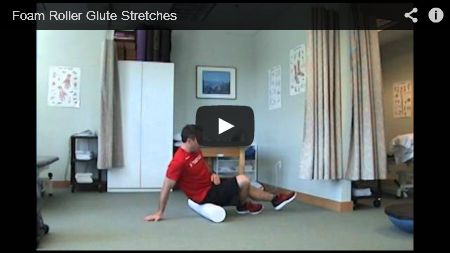
Calf
Start with the foam roller under your Achilles and slowly roll up to the back of your knee. Make sure that you move your leg so that you roll up the outside and inside of your calf so that you get both heads of the Gastroc muscle.
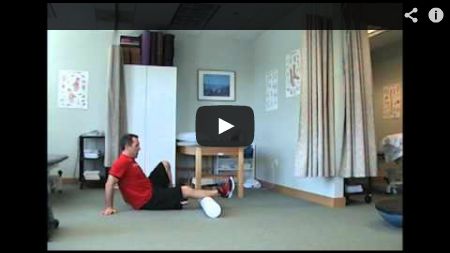
Tibialis Anterior
Start with the foam roller on the outside of your lower leg on the Peroneal muscles. Slowly roll up towards the knee (STAY ON MUSCLE). Make sure that you move your leg so that you roll up the front of your lower leg so that you get the tibialis anterior muscle.

|

